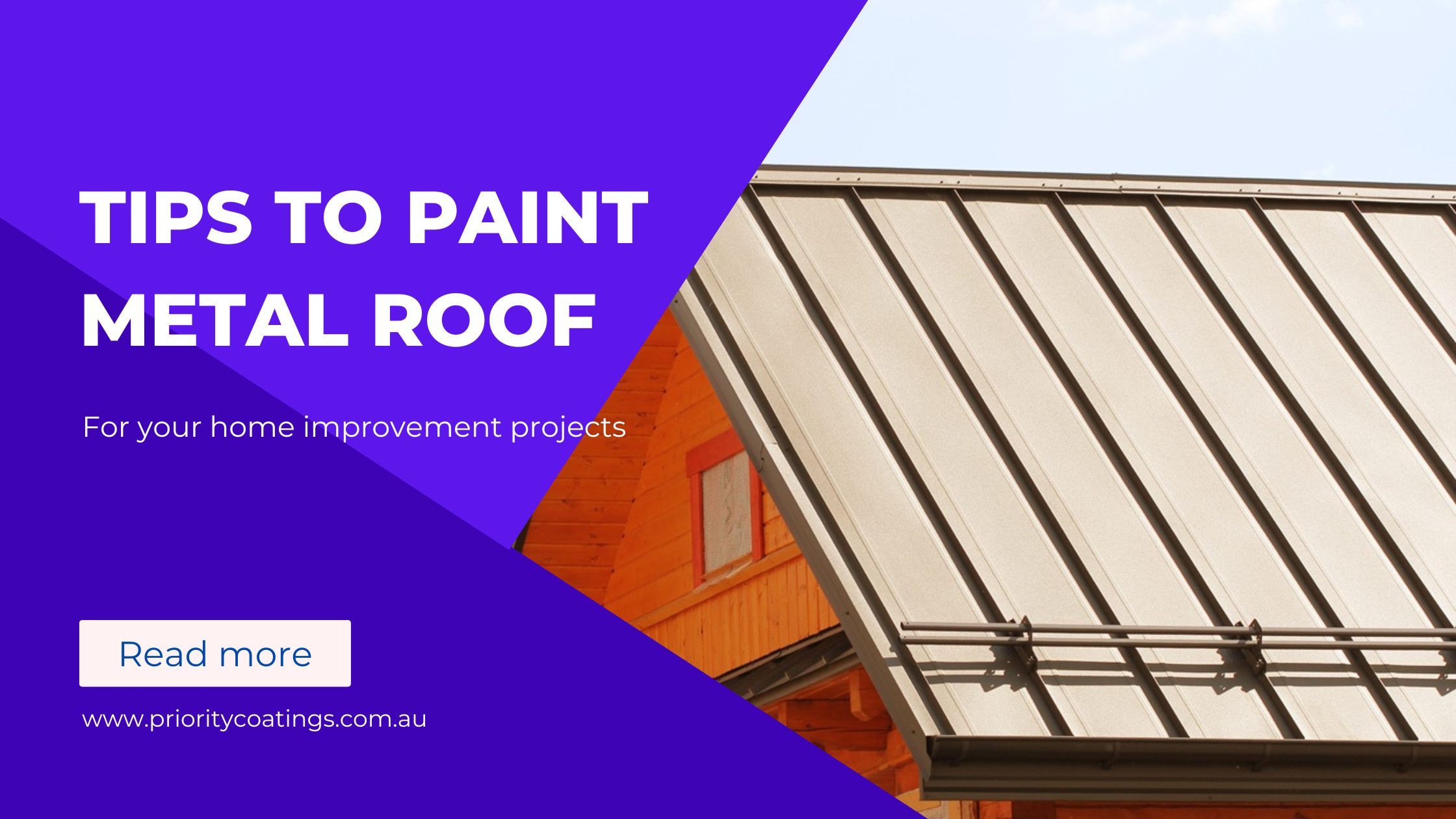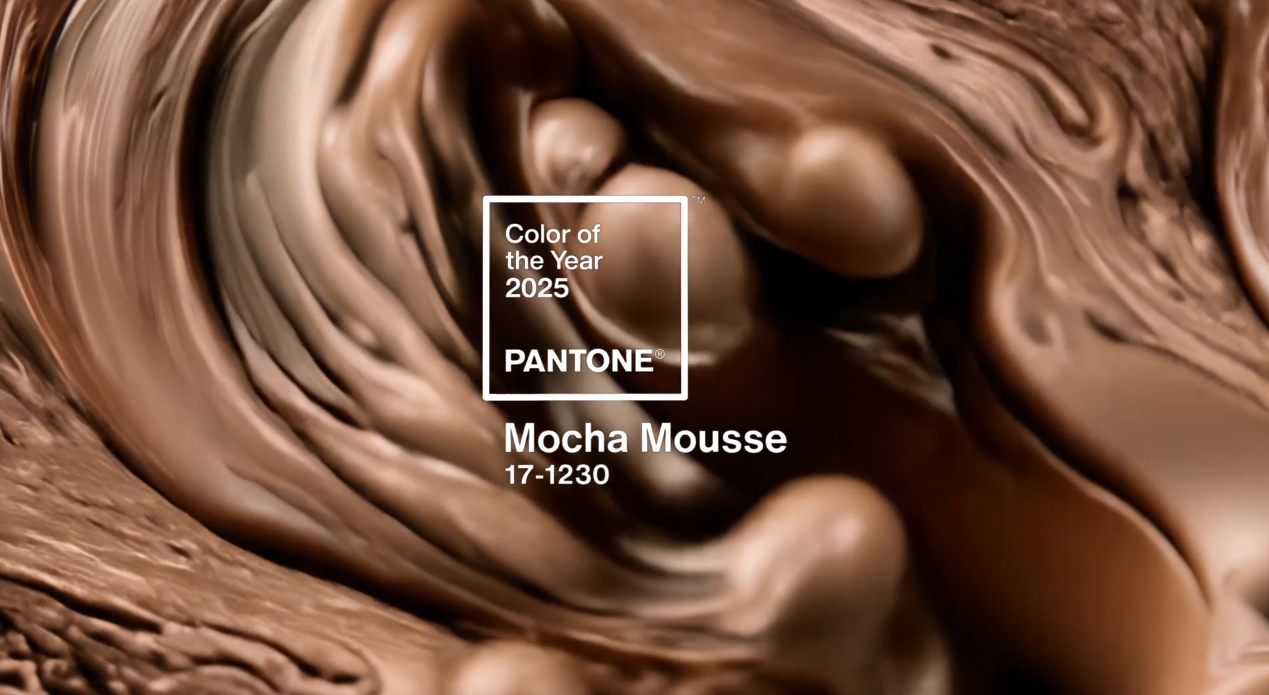Few home improvement projects combine aesthetics, function, and value like painting a metal roof. Whether you’re upgrading your home’s curb appeal or trying to extend the life of your roof, painting it can be a game-changer — but only if it’s done right.
Let’s walk through the process, the materials, the do’s and don’ts, and everything in between so you can feel confident and prepared when it’s time to pick up that brush or spray gun.
Why Paint a Metal Roof in the First Place?
For many homeowners, the thought of painting a roof seems purely cosmetic. But the benefits of painting your roof go far beyond looks.
A freshly painted metal roof reflects more sunlight, improving your home’s energy efficiency and potentially lowering cooling costs in summer. It also adds a protective layer against corrosion, especially in coastal or humid climates where rust is a concern. And of course, repainting breathes new life into your roof, boosting property value and keeping your exterior looking fresh.
Can All Metal Roofs Be Painted?
Not every metal roof is an ideal candidate for painting — but most are.
If your roof is made from galvanised steel, Galvalume, or aluminium, you’re likely in the clear. However, you should check the existing finish. Roofs that are already painted or coated need to be evaluated for flaking, chalking, or other signs of wear. Bare metal roofs may require a specialty primer to ensure the paint adheres properly.
In contrast, roofs with severe rust, extensive damage, or unstable structural components may not be worth painting until those issues are resolved.
When Should You Paint?
Think of your roof like a canvas — it needs the right conditions for the paint to work its magic.
As much as possible, do painting on your metal roof during favourable weather. Late autumn or early spring is ideal in most climates. Do not paint on hot days because the paint may dry too fast to allow for streaks or incorrect bonding. Never paint on rainy or wet days to allow adequate curing of the paint.
Temperature plays a big role too — aim for a range between 10°C and 32°C (50°F to 90°F) for best results.
Step-by-Step: How to Paint a Metal Roof
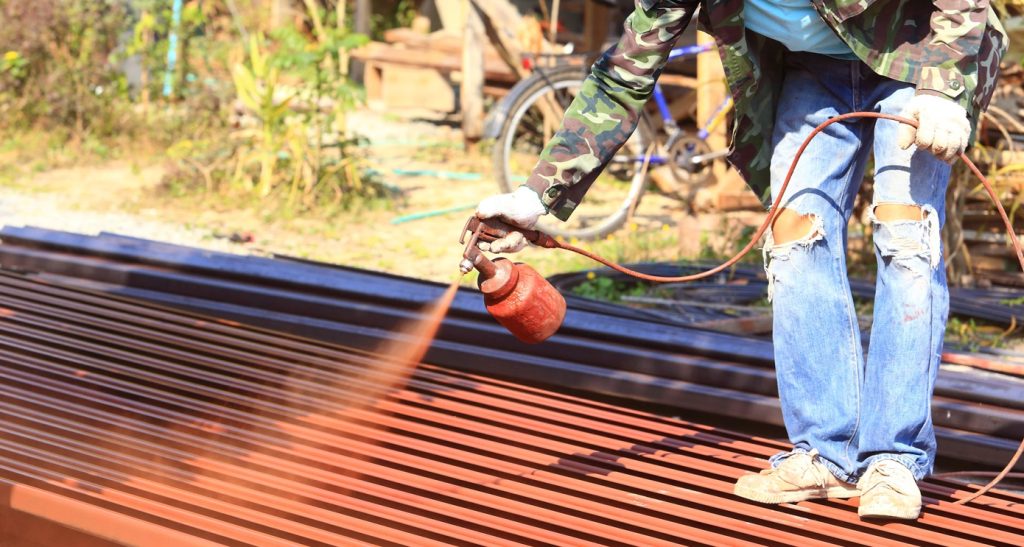
A successful paint job hinges on thorough preparation. Here’s how to do it the right way from start to finish.
1. Inspect and Clean
Before you even think about opening a paint can, give your roof a thorough once-over.
Check for rust patches, loose screws, or dented panels. Make any necessary repairs before moving forward. Then, wash the roof using a pressure washer or a strong garden hose with a scrub brush. Remove dirt, mildew, grease, and old flaking paint. A solution of water and trisodium phosphate (TSP) works wonders for deep cleaning.
Let it dry completely — this step is crucial.
2. Remove Rust and Apply Primer
When you notice rust, the time to act is now. Remove rust stains with a wire brush or power sander. Apply a rust-inhibiting treatment to the area if necessary.
And then primer. Utilise a good-quality, acrylic metal surface bonding primer. This process enhances the adhesion of the paint and results in a smoother, more even finish. For unpainted metal, zinc chromate primers or epoxy-based primers are often recommended.
Wait for the primer to dry fully before painting — usually 24 hours, but always follow the product instructions.
3. Choose the Right Paint
Not all paints are the same, particularly when it comes to metal roofing.
Acrylic latex paint is a top choice for its durability and flexibility. It’s resistant to fading and cracking and performs well in a range of weather conditions. Silicone-modified polyester and fluoropolymer-based paints (like PVDF) are also excellent for professional-grade applications.
Make sure the paint is rated for exterior use and suitable for metal surfaces. Look for UV resistance, mildew resistance, and a long warranty.
4. Apply the Paint
Finally, the part you’ve been waiting for: painting.
Use a sprayer for even coverage and faster application, especially on larger roofs. A roller or brush can be used for smaller areas or touch-ups. Apply at least two coats, ensuring each coat dries completely before applying the next.
Pro tip: Paint from the top down and work in small sections to avoid streaks or overlaps.
Common Mistakes to Avoid
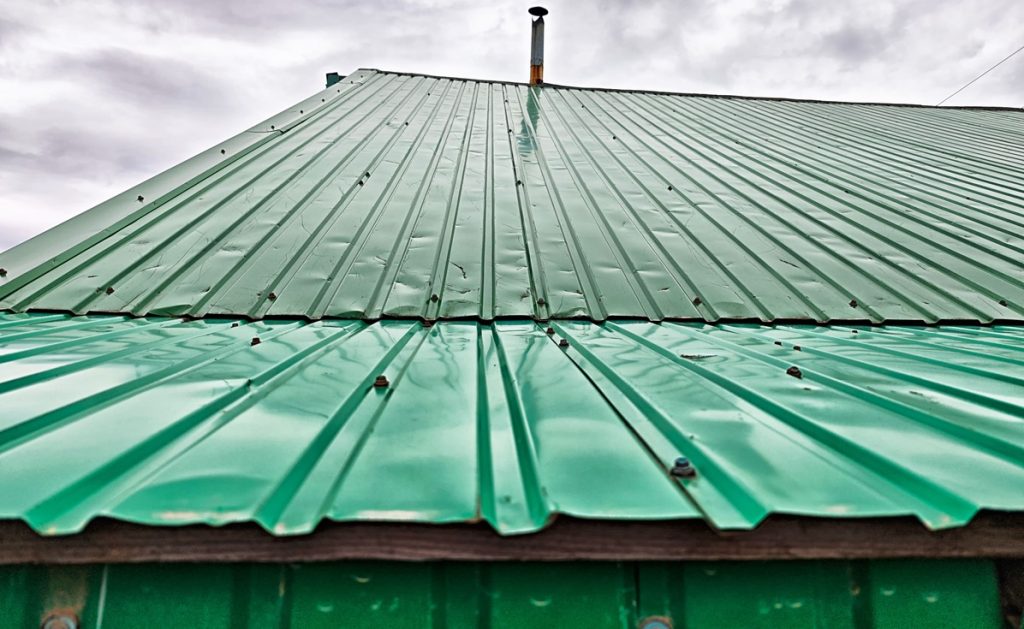
While the process seems straightforward, there are a few pitfalls that can derail your efforts:
- Skipping cleaning – Paint won’t stick to dirt, debris, or old chalky paint.
- Using the wrong primer – Without proper priming, the paint may peel or blister.
- Painting during the wrong weather – Temperature and humidity can make or break the finish.
- Over-applying paint – More paint doesn’t mean better results. Thick layers may crack over time.
- Not using safety gear – Roof work is inherently risky. Wear harnesses and non-slip shoes.
Tips for Painting a Roof Without Accidents
Your safety should always come first.
Work with a buddy or hire professionals if your roof is steep or high. Always use appropriate fall protection equipment, including safety harnesses, roof anchors, and ladders that extend at least three feet above the roof edge. Never paint a roof alone — in case of an accident, you’ll need someone nearby to help.
Also, be aware of nearby power lines and weather changes. One unexpected gust of wind can turn a safe job into a dangerous one.
How Often Should You Paint?
Unlike interior walls that show wear quickly, metal roofs can hold their finish for years.
Generally, a professionally painted metal roof can last 10–15 years before needing a new coat. High-end coatings like PVDF (polyvinylidene fluoride) can last even longer — up to 30 years. However, this depends on the environment, climate, and quality of the previous paint job.
Do periodic inspections every few years to monitor fading, chalking, or bubbling. Early touch-ups can prevent major overhauls later.
Is Painting a Metal Roof Sustainable?
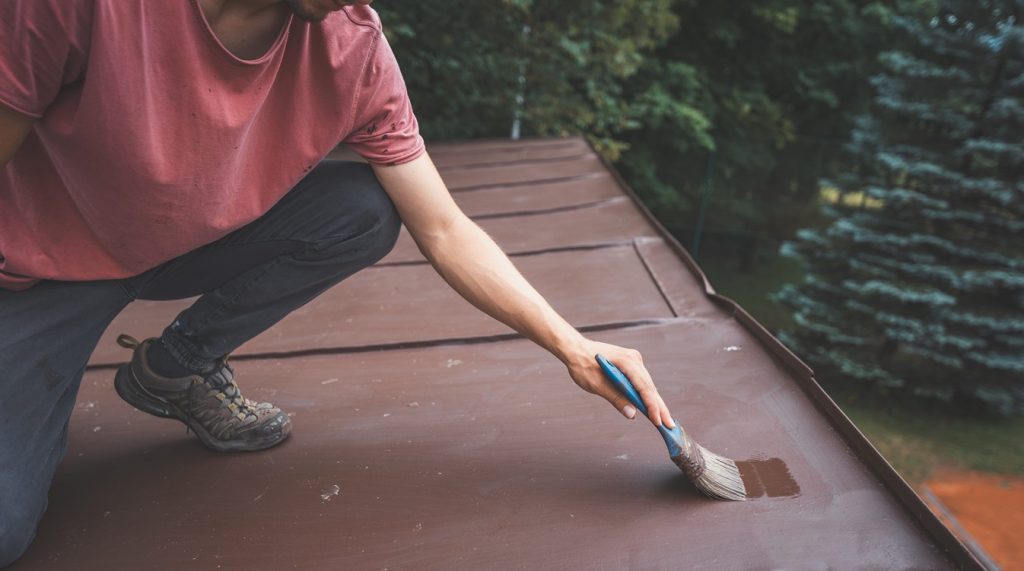
Interestingly, painting your roof can be a green decision — if you choose the right products.
Reflective roof coatings can significantly reduce your home’s heat absorption, easing your reliance on air conditioning. Some modern paints are formulated with low or zero VOCs (volatile organic compounds), which are safer for the environment and your family.
Additionally, extending the life of your roof by painting it reduces the need for full replacements — saving materials, energy, and landfill waste.
DIY or Professional: What’s the Better Option?
Whether to paint your metal roof yourself or hire professionals depends on your comfort with heights, equipment access, and the scale of your project.
DIY is absolutely possible for single-story homes with mild roof pitches and proper safety setups. You’ll also save a considerable amount on labour costs. However, professional residential painters bring years of experience, specialised tools, and the right safety measures. They also know how to handle tricky roof contours and potential weather complications.
If your roof is steep, multi-story, or shows signs of structural issues, hiring a pro like Priority One Coatings is your best bet.
Final Thoughts: A Worthwhile Project with Big Benefits
Taking on a metal roof painting project may seem like a big job, but with the right preparation and product choices, it’s one of the most cost-effective ways to boost both the look and efficiency of your home.
Whether you’re freshening up your roof for resale or planning to stay put for years, the rewards of a freshly painted roof — from energy savings to weather protection — make it well worth the investment.
So, gather your tools, pick a dry, sunny day, and give your roof the TLC it deserves. It might just become your favourite weekend project yet.
